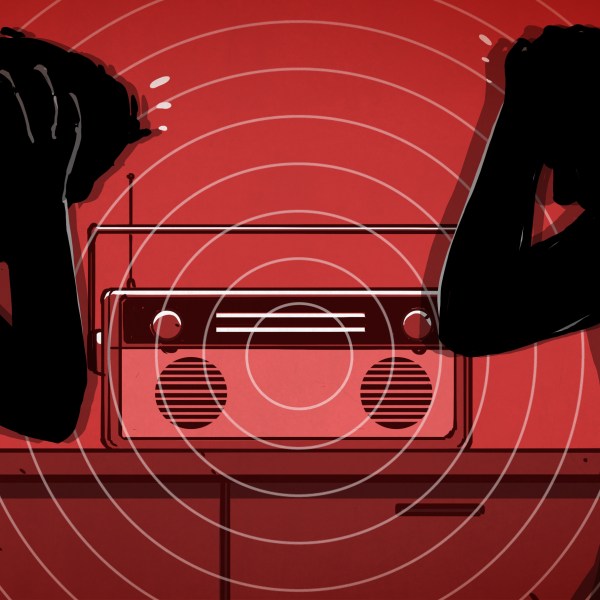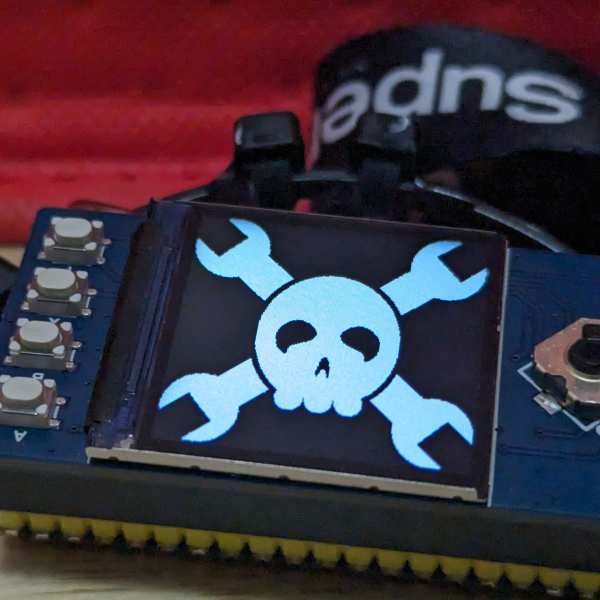
Disposable cameras are quite cheap, and include circuitry that produces very high voltages. Because of this, they have been harvested for many projects. We’ve seen them used for coil guns and large high voltage power supplies, even for fixing rechargeable batteries that won’t charge. The latest in the long list of uses is to create nixie tube drivers. [the_don125] shows us how to use a single disposable camera to power 2 to 3 medium sized Nixie tubes. Be careful, as we said before, this project deals with high voltage.















I was gonna comment on the instructables site, but this one is shown in the photo..
convenient, drawing an ‘8’
how does it light with only one wire running to it?
Back when I was young and took everything apart I could get my hands on, I found this fact out the hard way. bzzz. Never did that again :)
2 wires. Looks like a great way to test out nixie tubes when sorting through a pile for duds, but I wouldn’t want to use it to drive them on a long term basis. I have no idea what voltage and current it’s pumping out, and how long it will survive under continuous use. Plus you need to buy a PSU to power the cameras (or eat through a bunch of batteries), so you may as well buy a HV nixie PSU anyway. They’re not particularly expensive.
@fyre007: My guess is there are actually two wires, but you can’t see the other in the photo. Nixies have one electrode shaped like each digit, so it would only take two wires to light a single digit.
Trivia: In advertisements of the day, Nixies were usually shown with the number “3” lit. This was because 3 was at the top of the electrode stack and looked best. Some of the other numbers, like 0, have a forest of thin support wires in front of them that cast shadows.
This is brilliant — the HV is the usual problem with Nixie projects, as you either have to line power them (dangerous) or find an isolation transformer (not too common nowadays). It should be straightforward to look at the Nixie specs or just measure the current draw and put a resistor in to drop the voltage to 150V, and the flash stepup is designed to be shorted across a huge electrolytic capacitor so it won’t have any problem with a Nixie’s modest draw.
i don’t know anything about nixie tubes, so why was 3 on top, was it just a standard thing?
i remember ripping a camera apart, and getting shocked even though there were no batteries. then i get it open and see the massive capacitor taking up the side of the camera. i proceeded to rip it out, lick my hand, slap my friend, then press the capacitor onto the wet area. fun times….
@_matt
if you got shocked, it discharged. Hence no shock to friend. Your lie is full of fail.
@_rivetgeek
Seconded
@rivetgeek
depending on where he was zapped, and how much the capacitor was charged, its very possible he zapped his friend. human skin can have resistance anywhere between roughly 300kohm, to 10Mohm (ballpark figures)
long story short, the capacitor wont be instantly discharged from a quick load measuring in at around 300kohm being put accross it
the shock would just be less intense unless he did what he did and moistened things
About the best thing you can do with a disposable camera is take it too bits and then throw the bits away as they cannot take decent photos with any of them
Regards
Adrian